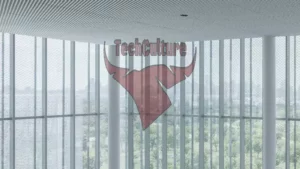Hairstylists Face New Challenges as AI-Generated Images Become Popular Inspiration
In an unexpected twist for the beauty industry, hairstylists are reporting a growing trend of customers bringing AI-generated images as inspiration for their desired haircuts. This shift is presenting unique challenges for professionals accustomed to working with real-life references.
AI-generated images often feature unrealistic hair qualities, such as unnatural sheen and thickness, making them impractical for hairstylists to replicate. Experts in the field stress that real human photos remain more practical and achievable references for haircuts.
The rise of AI-inspired hairstyle requests is creating a phenomenon dubbed “Taper Expectations.” These computer-generated images often produce unrealistic expectations for haircuts, as AI models may not accurately represent human anatomy. Customers influenced by these images may expect anime-perfect hair and model-perfect facial structures, which are often unattainable in reality.
As technology advances, the ability to distinguish between AI-generated and real images is becoming increasingly difficult. This development is forcing barbers and hairstylists to adapt their approach to customer service. Industry professionals emphasize the importance of managing customer expectations and being honest about achievable results. Some hairstylists are also learning to communicate openly when they feel uncomfortable meeting AI-inspired requests.
The trend extends beyond static images, with AI-powered apps like FaceApp and Facetune gaining popularity for virtual hairstyle trials. As AI tools for virtual hair and clothing trials become more common, concerns are rising about the potential for these technologies to perpetuate unrealistic beauty standards in the beauty industry.
In response to these challenges, industry experts are offering advice to hairstylists. They recommend treating AI-generated images as mere inspiration rather than blueprints for exact replication. Emphasizing the importance of realistic expectations to customers is crucial, as is encouraging clients to view AI images as a starting point for discussion rather than a final goal.
As the beauty industry continues to grapple with the influence of AI-generated imagery, the relationship between technology, creativity, and realistic expectations remains a topic of ongoing discussion and adaptation.



